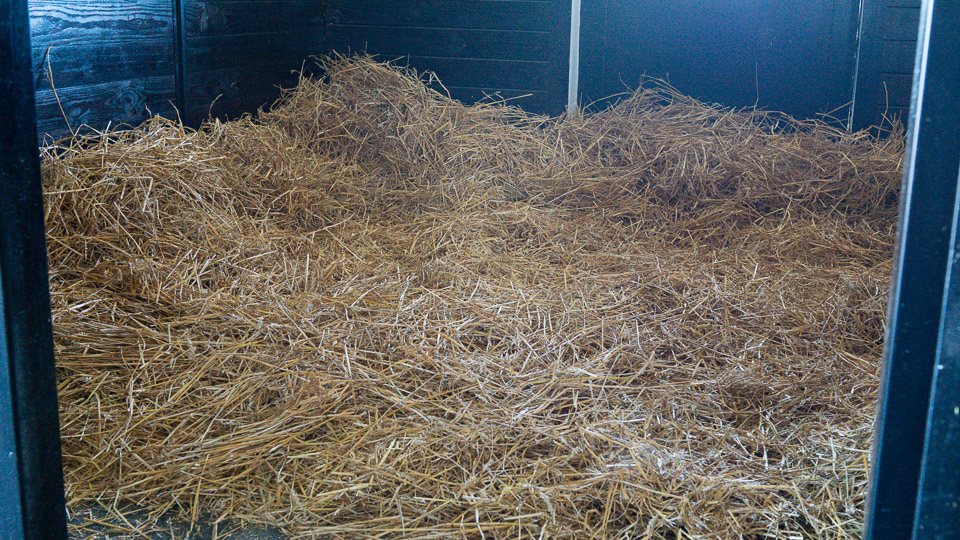
Horse Barn Bedding – Straw
Straw is the collection and baling of the stems of a grain crop left over after the grain has been harvested. Wheat is the most common straw used for bedding but oats, rye and barley are also used.
**CONTINUED IN ARTICLE TAB**
Related material – Sometimes I have a lot of material here that I have written, podcasted, video blogs and other things. They will be listed in this tab.
Use the browser back button or menu to return to the index of topics.
⬇︎ CLICK ANY IMAGE BELOW TO REVEAL MORE INFORMATION ⬇︎
Straw is the collection and baling of the stems of a grain crop left over after the grain has been harvested. Wheat is the most common straw used for bedding but oats, rye and barley are also used.
I started my career with horses on a farm that used wheat straw bedding. The biggest advantage to this material is what I call the “Pampers effect” where urine flows through the straw and into the ground below. This keeps the horse dry. Sometimes the urine would pool on the solid dirt but it never remained next to the horse.
Avoid using rye straw with pregnant mares. This may be anecdotal but many believe that the fungus that grows on the live rye plant that causes abortion (ergot) remains on the dried rye straw. Rather than challenge this I just recommend not using rye straw.
All straw bedding can mold and should be avoided when found. Another issue is that some horses like to eat straw, especially oat straw. Straw remains popular on the Thoroughbred race tracks but is rarely seen on other farms. Most new horse owners have never seen straw and wouldn’t know how to clean the stall bedded with it. It requires a pitch fork with metal tines.
Recommended special uses for straw are post operation and for foal delivery. Surgical wounds often collect bits of debris which can also enter open wounds such as an open castration site causing infection. Shavings and sawdust can get into a foal’s nostrils and clog them where straw cannot.
Any videos related to this topic will be added here. Stay tuned or comment a request.
- Additional tables
- Links to other in house articles
- Links to outside articles
- Reference material used in developing this topic.
There are no related articles here if you don’t see linked items.


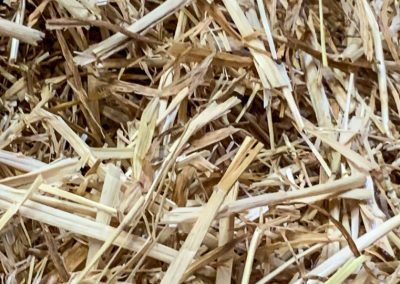
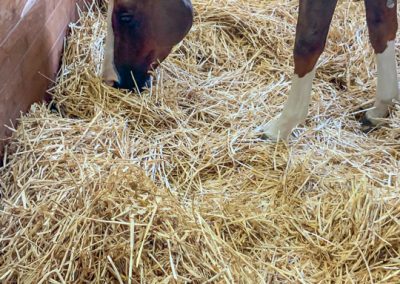
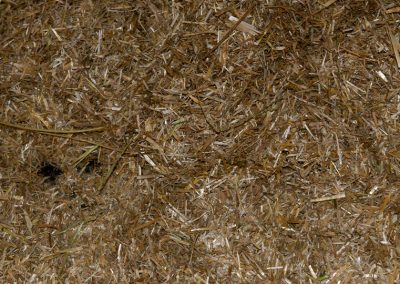
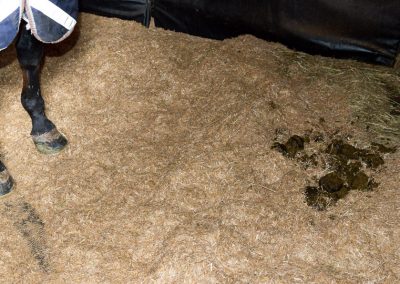
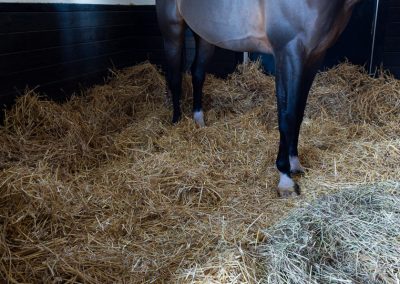
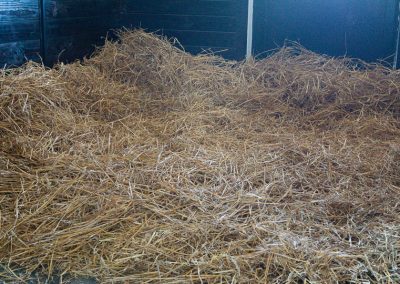
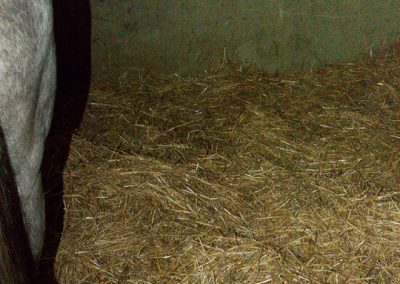

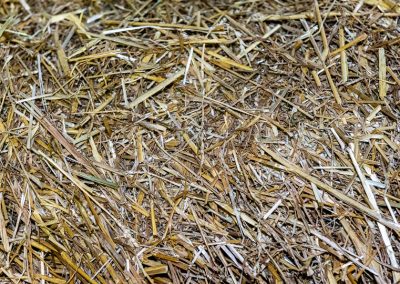
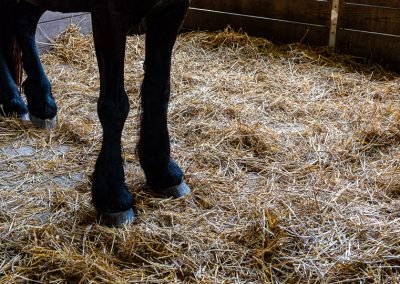
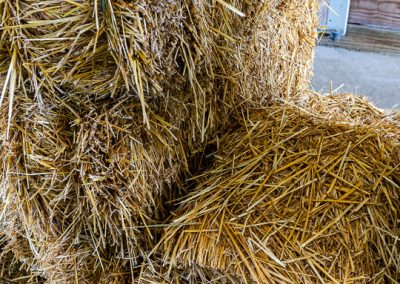

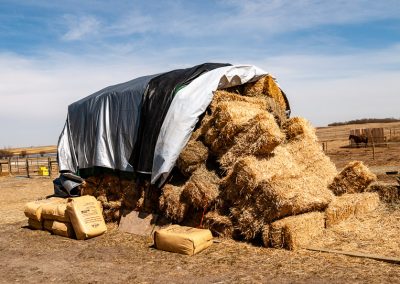
Responses